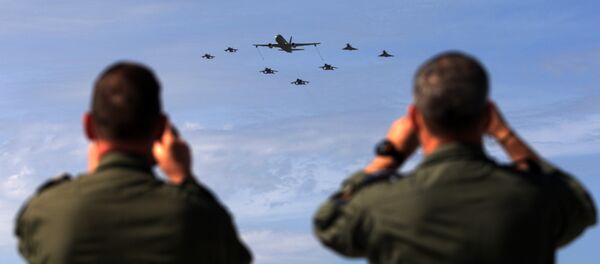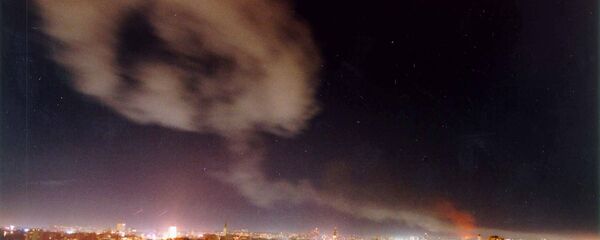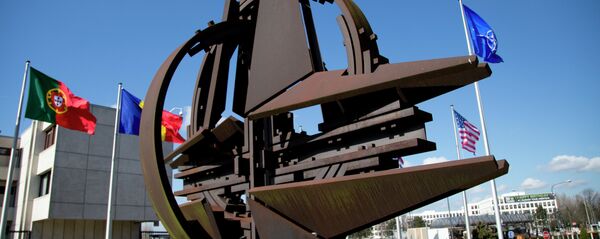The Pentagon is ready to pay millions for detailed maps of European roads: It turns out that the American Army could literally get stuck in a rut in the Old World.
The United States Army Corps of Engineers has issued a $50 million bid for a five-year contract to map routes through 31 European countries including Georgia and Ukraine. The Pentagon is interested in all available information including aerospace photograms, stereo packs, geodesic maps, underground communications, topographic data, as well as access to existing cartographic databases.
The question then arises as to what is behind the US Department of Defense's (DoD) keen interest in Europe's geography.
According to the leaked report, the alliance would be unable to move its personnel quickly enough to respond to a potential "threat" from Russia.
Just a month later, the European Commission released a joint communication to the European Parliament and the Council emphasizing the need to "improve military mobility" within the union.
The document outlined "steps to be taken to address the obstacles which are hampering the movement of military equipment and personnel across the EU with the aim of facilitating and expediting their mobility to react in a fast and effective way to internal and external crises." The report underscored that all the actions within the initiative's framework "will be coordinated not just between the EU and the member states, but also with other relevant stakeholders, especially NATO."
Speaking to Sputnik, retired Lieutenant General Nikolay Topilin, Chairman of Veteran Council of the Engineering Corps, opined that European communications had not been designed for the operational movement of troops, adding that their modernization would require a lot of time and money.
According to the retired lieutenant general, the weakest spot in the transport infrastructure of Europe is bridges and tunnels, which are not designed for heavy military equipment and do not correspond to the required dimensions.
In addition, the European railway network much weaker than the Russian one, he stressed. He added that many European airports, including international ones, do not have runways suitable for military aircraft. At the same time, the Old World's seaports are not intended for the entry of large-tonnage warships, Topilin said, stressing that a lot needs to be done to modernize and rebuild the infrastructure to meet US-NATO requirements.
Topilin specified that "the main strategic problem of Europe is that all communication networks there have developed chaotically, depending on the needs of commercial logistics, but without taking into account defense needs."
"At the same time in Russia the construction of any transport object with operational and tactical significance is traditionally conducted in compliance with the norms prescribed by the military," the retired lieutenant general highlighted. "Bridges and tunnels have well-defined characteristics, the communication routes can be used as axial or rapid roads."
Topilin stressed that the aforementioned infrastructural changes resembles nothing so much as an arrangement of the new theater of operations, estimating that the endeavor would require billions of dollars. While it is not the first time that Washington has tried to drag Russia into an arms race, Moscow needs to continue closely watching NATO's activities in Europe, the retired lieutenant general underscored.
The views of the contributors do not necessarily reflect those of Sputnik.





